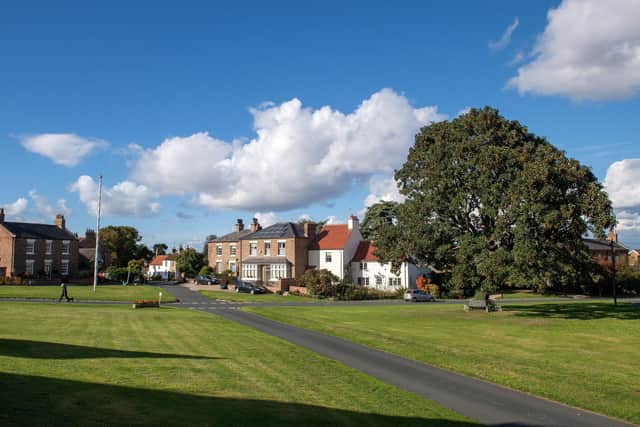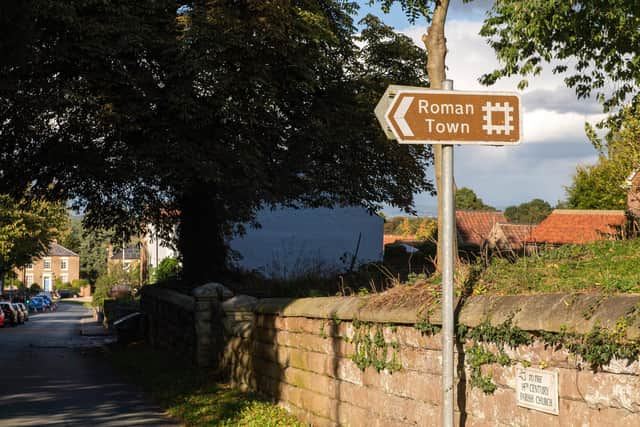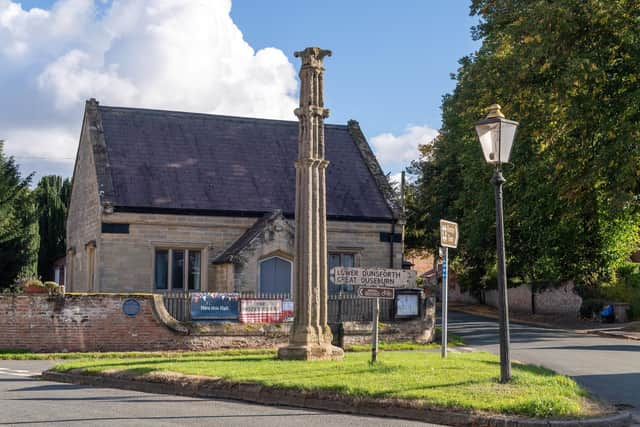Ghosts as pub punters and living on the same street Romans marched down - the village of Aldborough has a story to tell
As you arrive in Aldborough today, you are greeted with a historic church that dates back to 1330, a traditional country village pub and quaint cottages with red pantile rooves that in the Autumn sunshine burn brightly.
Common green areas pull the village together and each year local folk and visitors from far and wide stop daily life to take in the local show that showcases its heritage and tradition.
Advertisement
Hide AdAdvertisement
Hide AdWhile that is impressive enough in itself, a modestly signed English Heritage sign pointing to a visitor attraction tells another story of such significance it has been the subject of studies by the University of Cambridge for the last six years.


The Roman invasion of Britain began around AD 43, but advances into the northern regions of the country would not be until AD70 and it has been acknowledged that a settlement at Aldborough during this time was largely due to its key strategic position.
Aldborough was once the prosperous Roman town of Isurium Brigantum and became the civilian ‘capital’ of an extensive region of north Britain from about AD 120 to about AD 400. Strategically founded on the Roman road network and the highest navigable point on the river Ure, the town was a vital point of communication, administration and trade.
Excavations that have been undertaken by experts have revealed finds that paint more of a picture about the people who inhabited the area that would become Aldborough many, many years later.
Advertisement
Hide AdAdvertisement
Hide Ad

English Heritage manages a museum that exhibits some of the finds with examples of artefacts which suggest the town was fortified with a stone wall in the late second century, indicating its important status.
It says the settlement eventually sprawled well beyond its walls, and was an indicator of economic success while mosaics discovered in town houses are evidence of the splendour of these buildings and indicate the existence of a wealthy elite.
Various objects discovered at Aldborough – including ceramics, fragments of glass and pottery, brooches, jewellery and material associated with the Roman army – paint the picture of a prosperous and well established society with military associations.
A guide to St Andrew’s Church brings the history of Aldborough a little closer.
Advertisement
Hide AdAdvertisement
Hide Ad

